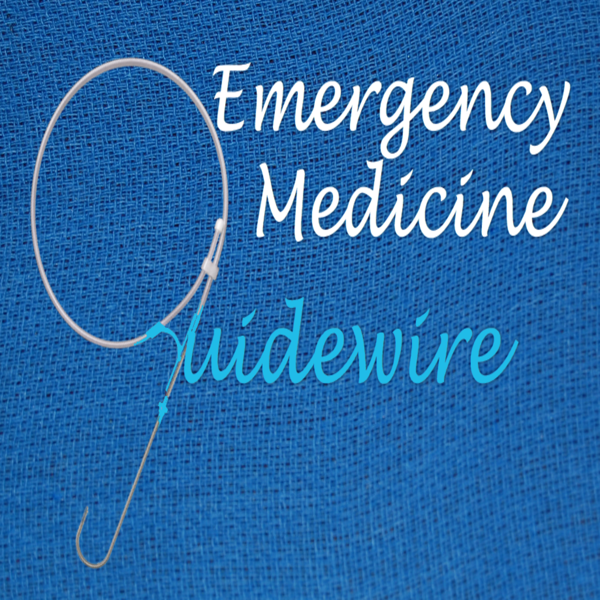|
10/19/2018 0 Comments Procedural Sedation
Although procedural sedation is a bread and butter component of emergency medicine, it is an area where we can introduce significant harm to our patients. Preparation and being facile with all components of the process if key to doing this safely and efficiently.
Level of Sedation
Prepare for Complications
Know Your Patient
Choose Your Agent
During and Post Procedure
0 Comments
9/26/2018 0 Comments Lupus in your ED
Background:
Understanding Lupus – The Big Picture:
Organ specific problems: Cardiac
Organ specific problems: Respiratory
Organ specific problems: Neuro
Organ specific problems: Vasculitis – resuscitate and give 1g methylprednisone, and suggest to the admitted team they should consider IVIG and/or plasmapheresis!
Organ specific problems: Many others random presentations – if someone has Lupus and a weird problem it can likely be attributed to Lupus, but rule out other causes first. |
LEGAL DISCLAIMER (to make sure that we are all clear about this):The information on this website and podcasts are the opinions of the authors solely.
For Health Care Practitioners: This website and its associated products are provided only for medical education purposes. Although the editors have made every effort to provide the most up-to-date evidence-based medical information, this writing should not necessarily be considered the standard of care and may not reflect individual practices in other geographic locations.
For the Public: This website and its associated products are not intended to be a substitute for professional medical advice, diagnosis, or treatment. Your physician or other qualified health care provider should be contacted with any questions you may have regarding a medical condition. Do not disregard professional medical advice or delay seeking it based on information from this writing. Relying on information provided in this website and podcast is done at your own risk. In the event of a medical emergency, contact your physician or call 9-1-1 immediately.
For Health Care Practitioners: This website and its associated products are provided only for medical education purposes. Although the editors have made every effort to provide the most up-to-date evidence-based medical information, this writing should not necessarily be considered the standard of care and may not reflect individual practices in other geographic locations.
For the Public: This website and its associated products are not intended to be a substitute for professional medical advice, diagnosis, or treatment. Your physician or other qualified health care provider should be contacted with any questions you may have regarding a medical condition. Do not disregard professional medical advice or delay seeking it based on information from this writing. Relying on information provided in this website and podcast is done at your own risk. In the event of a medical emergency, contact your physician or call 9-1-1 immediately.
 RSS Feed
RSS Feed

